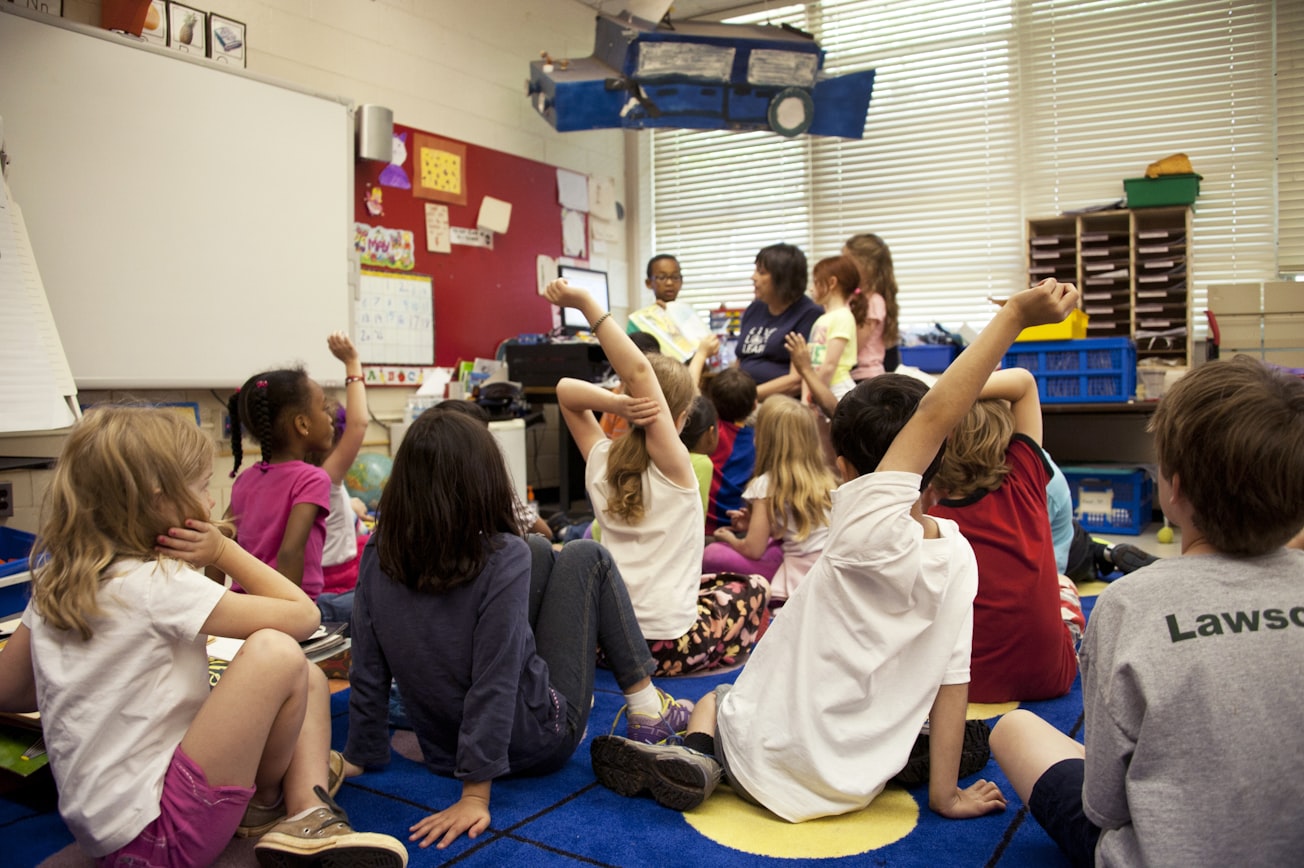What is it about?
Many low-income preschoolers in the U.S. attend one of two public preschool programs: Head Start and public pre-kindergarten (pre-k). This paper explores the relative advantages of attending 2 years of Head Start versus 1 year of Head Start plus 1 year of pre-k for low-income children’s literacy, math, and self-regulatory skills in kindergarten. Findings show that children who transitioned to pre-k after 1 year of Head Start had slightly better literacy and math skills in kindergarten than children who attended 2 years of Head Start, though there was no difference in children’s self-regulation outcomes.
Featured Image

Photo by CDC on Unsplash
Why is it important?
Popular support for public preschool has grown in recent years and the Biden administration has called for free universal preschool for all 3- and 4-year-old children in the U.S. However, the current landscape of preschool programs is highly fragmented. This research provides new evidence regarding what may be the optimal sequence of early educational experiences for low-income children’s literacy and math skills. These findings have the potential to inform the allocation of resources as funding for public preschool continues to expand.
Read the Original
This page is a summary of: When does 1 + 1 not equal 2? The relative advantage of public school-based pre-k versus Head Start for low-income children’s kindergarten cognitive and self-regulatory skills., Developmental Psychology, May 2022, American Psychological Association (APA),
DOI: 10.1037/dev0001335.
You can read the full text:
Contributors
The following have contributed to this page










